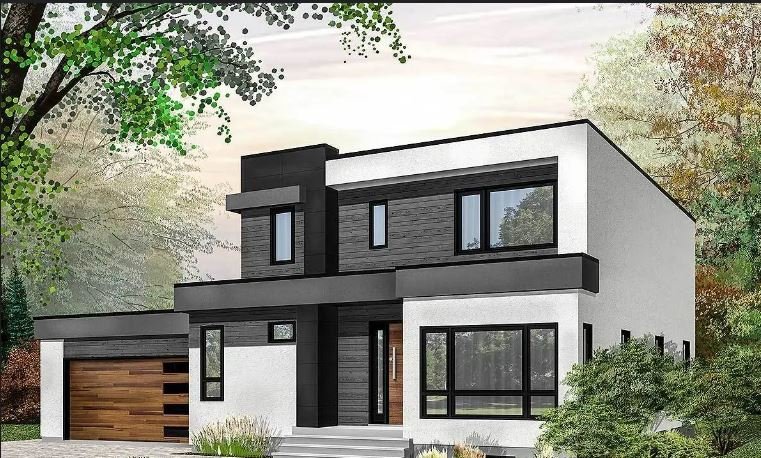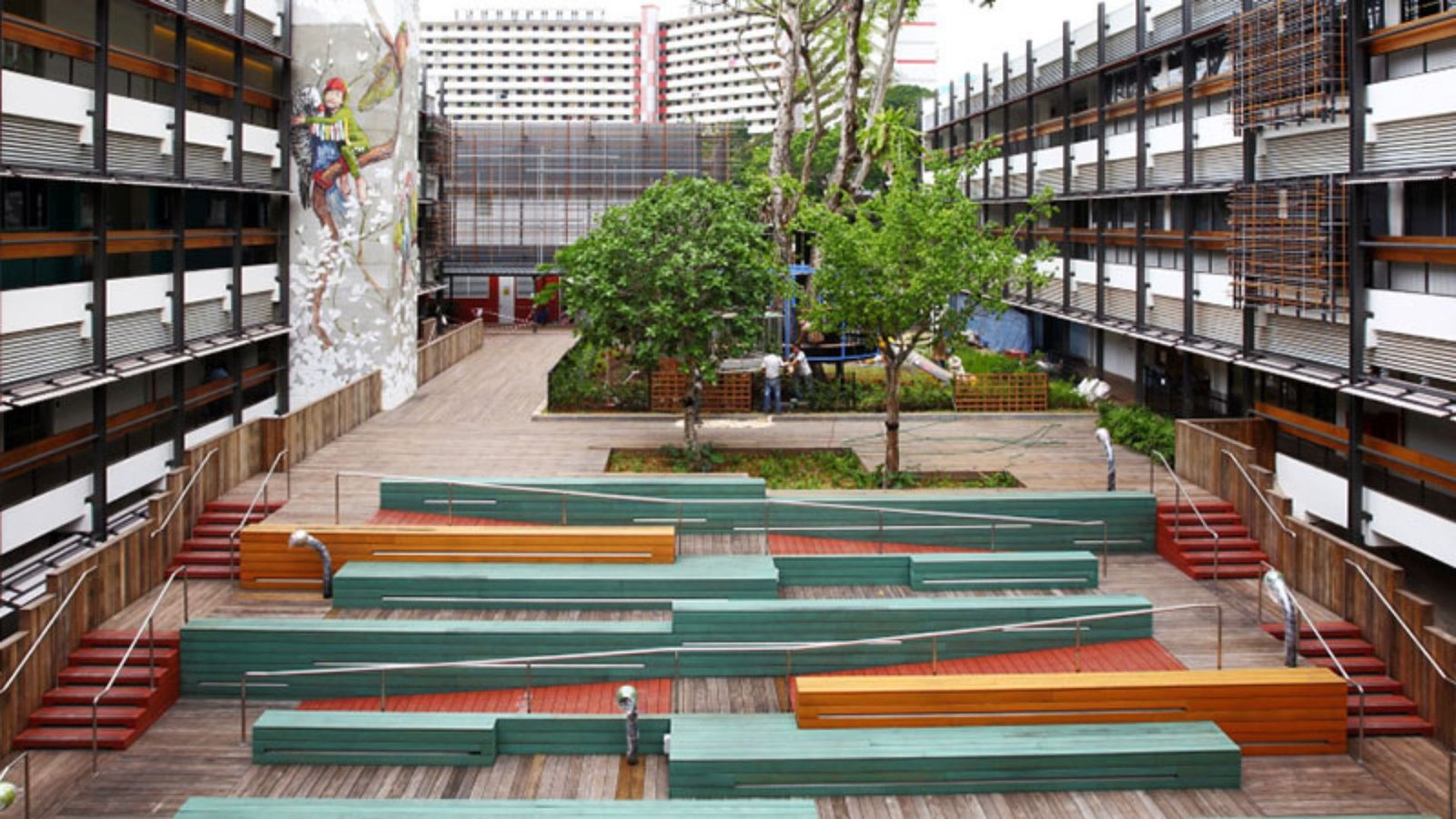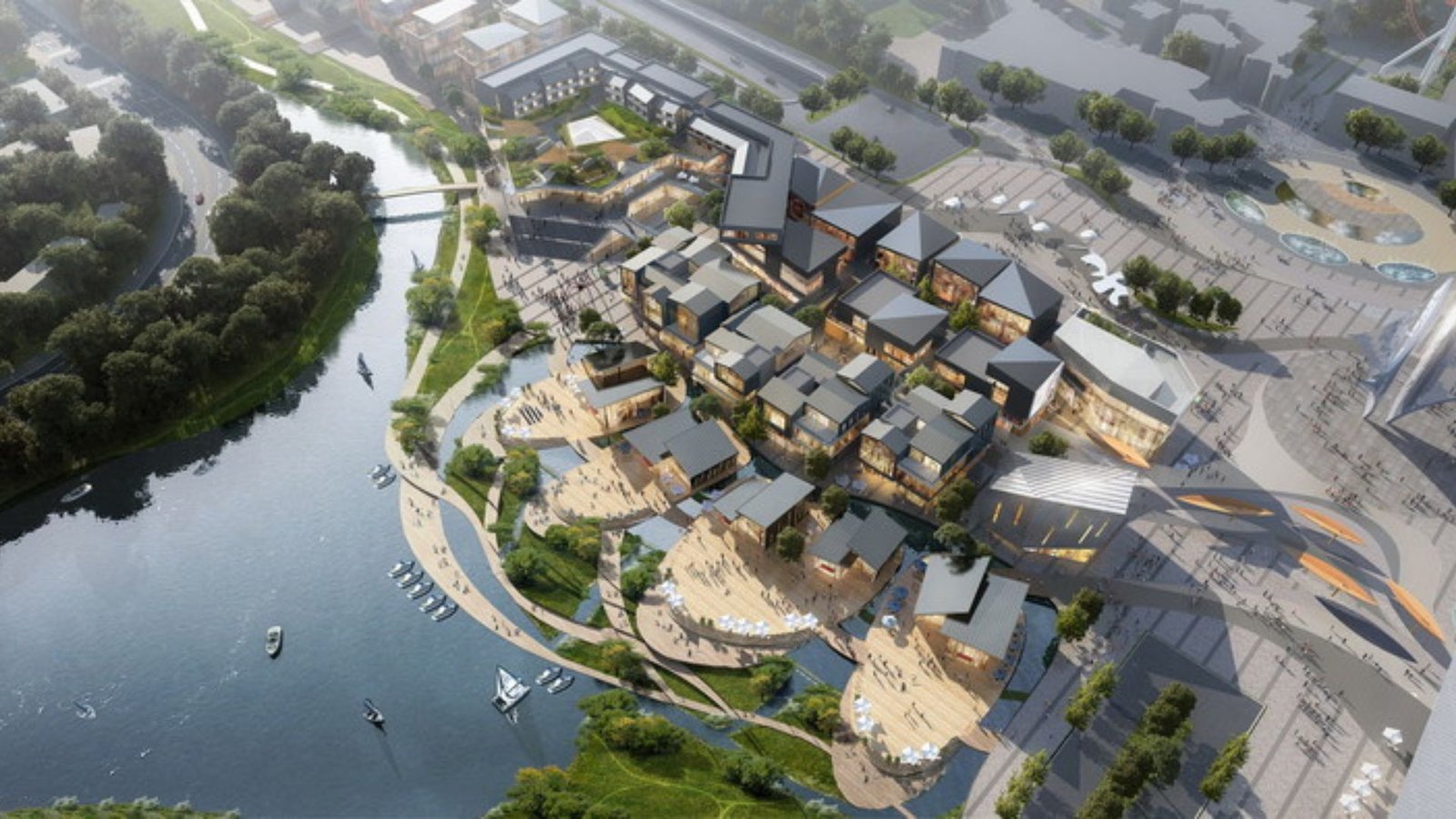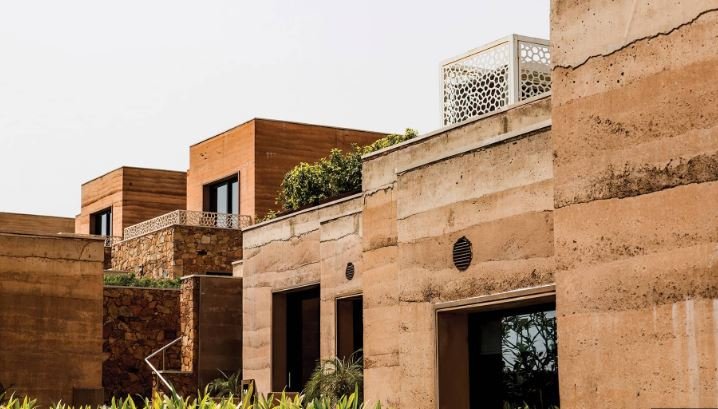Contemporary Residential Architecture Trends
Contemporary residential architecture is evolving rapidly, influenced by technological advancements, sustainability concerns, and changing lifestyle preferences. Explore the latest trends shaping modern homes. Sustainable Design Practices Sustainability remains a top priority in contemporary residential architecture. Architects are integrating passive design techniques, renewable energy sources like solar panels, and eco-friendly materials to reduce environmental impact. Open










